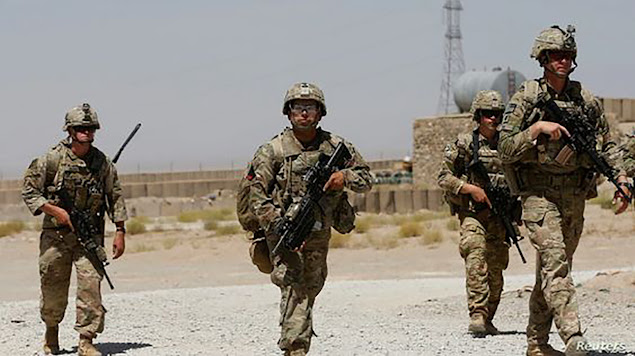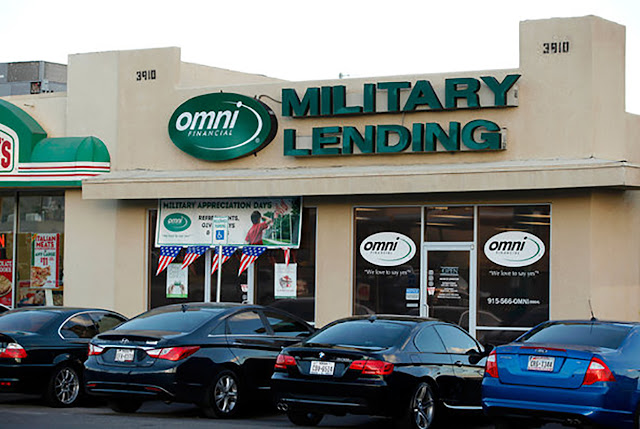In last week’s post I promised to talk about politics on Rana Station this week. As I said in that post, I built the Station’s system on ideas garnered from decades of teaching, studying history, and observing our contemporary society.
Those experiences inspired the guiding question, What kind of environment would allow ALL of my students to reach their full potential?
 |
| Natural spaces offer many free-play options, which are good for kids. (uncredited photo from Community Playthings) |
I’ve spent most of my career teaching both urban and rural students from lower-income areas. I knew our current system definitely wasn’t cutting it.
But the more I studied, the clearer it became that the problems were bigger than schools.
Children do well where everyone around them does too
Thriving children come from thriving communities with good safety nets and essential needs provided for. Unfortunately, the United States doesn’t have such a system. The Covid-19 pandemic has made that fact plainer than ever, and it was already painfully clear to anyone paying attention.
 |
| Members of White Coats for Black Lives demonstrate at a Black Lives Matter rally in June 2020. (Photo by Maria Khrenova/TASS/Getty, via Yes Magazine.) |
When I taught in more well-off parts of Johnson County, Kansas, I saw places where many students did succeed. Those kids were never hungry. Most had excellent medical care. Their families enriched their backgrounds with travel, summer camp, outings museums, zoos, concerts, or other experiences.
Children still sometimes “fell through the cracks,” often for the same reasons inner-city or rural kids did. Only about 5.3% of Johnson Countians fall below the poverty line, but for those who do, services are sparse and mass-transit leaves much to be desired. But even kids from well-off homes could suffer from mental health issues, domestic violence, or drug habits that impacted all aspects of their lives.
How could Rana Station do better?
I didn’t build my fictitious space station to be a political manifesto. I knew from the start that I couldn’t geek out on “mastery learning,” decriminalization of addiction, restorative justice, or other pet ideas, and still write an entertaining science fiction mystery. (Instead, I opted to do that in blog posts. You’ve now been warned!)
 |
| A protester demonstrates in support of supervised injection sites in Philadelphia in December 2019. (Matt Rourke/AP, via Baltimore Sun.) |
But I could write the station’s governmental system into the background of the action as a thought experiment. Insert ideas as they became appropriate. Discard things that slowed the narrative.
What’s different on Rana Station?
As I noted last week, I don’t believe in utopias. There’s no possibility of a “perfect system,” if it’s run by imperfect beings—and everyone’s an imperfect being. But we can try to do better than whatever our current system has become. That’s what I’ve tried to reflect in the politics on Rana Station.
I do believe strongly that diverse cultures foster a more resilient society, so I’ve tried to depict a variety of cultures and species in these books. There are four different kinds of sapient beings among Rana’s citizens.
 |
| I believe a diverse community builds in greater creativity and resilience. (Illustration by "Franzidraws.") |
Ranan law and civic culture regards all backgrounds, body-colorations, family configurations, and cultures as equally acceptable. Readers of my two currently-published books know there’s no stigma attached to homosexuality. I have plans to expand that to other gender identities as well. My research goes forward, and as I learn, I hope to find good opportunities for representation.
My love of diversity “outs” me as a dedicated multiculturalist. Just don’t expect all this diversity not to generate differences of opinion. After all, emotions and conflict are the soul of good fiction.
Other than diverse sapient species, what’s different?
Many of the human characters live in large, extended families of relatives, in-laws, and sometimes friends who’ve become “family by choice.” Their residence towers are multi-household dwellings, kind of like an apartment building, only everyone’s a relative. Space to grow food is at a premium on Rana, so they build up, not out.
How do these large, extended families keep from killing each other? In part, cultural norms have grown up to govern “best practices” in extended-family dwellings. But some people just don’t thrive in these settings. They are free to move out—or sometimes the family decides to evict them. And for disagreements or mediation, they have Listeners.
 |
| Listeners on Rana Station are trained mental health specialists. Here, a more Earthbound child psychologist and a young girl talk.(Photo by Valerii Honcharuk.) |
Listeners are trained psychologists and social workers. Like physicians and other physical-health-care professionals, They make up part of the health care infrastructure. Unlike in our contemporary USA, mental and physical health care is viewed as a universal right. So are access to food, education, and shelter.
What kind of system do the politics on Rana Station reflect?
Rana’s list of basic rights might seem to peg me as a socialist for some, although that would technically be incorrect. In my opinion, these are basic infrastructure elements that any reasonable government should provide.
A system that doesn’t supply essential benefits to the people who support it with their votes and taxes is pretty darn corrupt, in my opinion. Why have it, if it doesn’t benefit all of its citizens, including those experiencing hard times?
 |
| Unlike in the United States, food insecurity is virtually unknown on Rana Station. Here, a group gathers at the Acta no Verba Garden in Oakland, CA. (photo by Leonor Hurtado). |
My sympathy for restorative justice and Summerhill-type “free schooling” might make some think I’m an anarchist at heart, but that’s not my philosophical home. Observant folk might also notice I didn’t “abolish” the Orangeboro Police Department, among other things.
The presence of a vigorous business community and varied personal-income levels on Rana Station might argue that I’m a capitalist. That’s probably accurate, although I regard capitalism in much the same way I do fire: uncontrolled, it can consume and destroy everything. Appropriately regulated, it can power widespread benefits.
Politics on Rana Station, and unintended consequences
If Rana sounds like a nice place to live, it might suit you in the way its founders (both fictional and me) hoped. But that warning about utopias holds, here.
The system has its weak links, failures, and faults. The Orangeboro cops and their counterparts on other parts of the Station find plenty of work to do. “Enemies, both foreign and domestic,” keep Rana’s leaders busy, as well.
And they open up lots of opportunities for stories I hope you and I can both enjoy.
IMAGE CREDITS:
Many thanks to Community Playthings, for the uncredited photo of the children at play. I'm grateful to Yes Magazine and photographer Maria Khrenova of TASS/Getty Images for the photo of White Coats for Black Lives demonstrators in New York last summer (June 2020). I appreciate the Baltimore Sun and photographer Matt Rourke/AP for the photo of the demonstrator who called for safe drug-use sites in Philadelphia last December (2019).
Thanks very much to 123RF for the "diverse community" illustration by Franzidraws, and for the photo of the psychologist working with the young girl, taken by Valerii Honcharuk. I also appreciate Food First and photographer Leonor Hurtado, for the photo of the community garden group from Oakland, CA.







